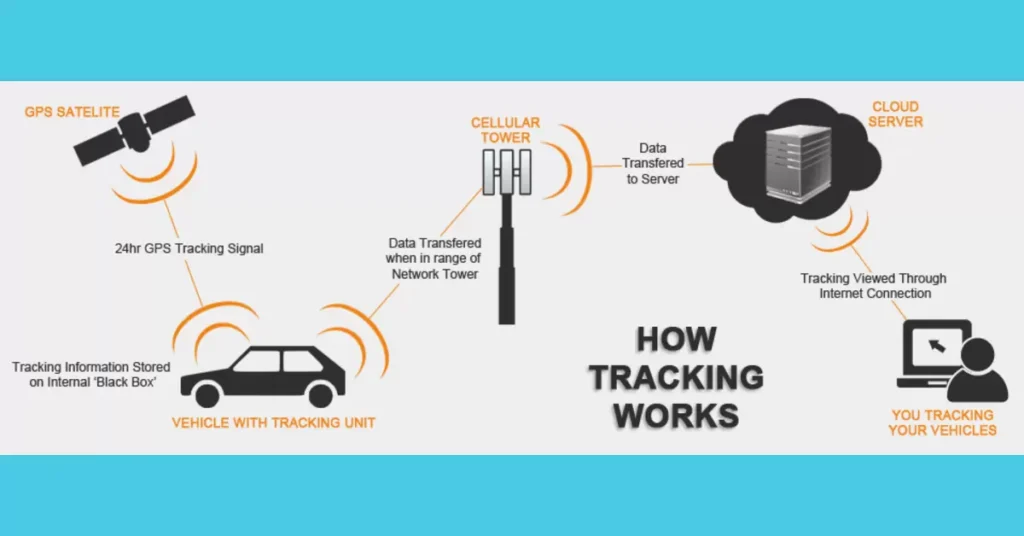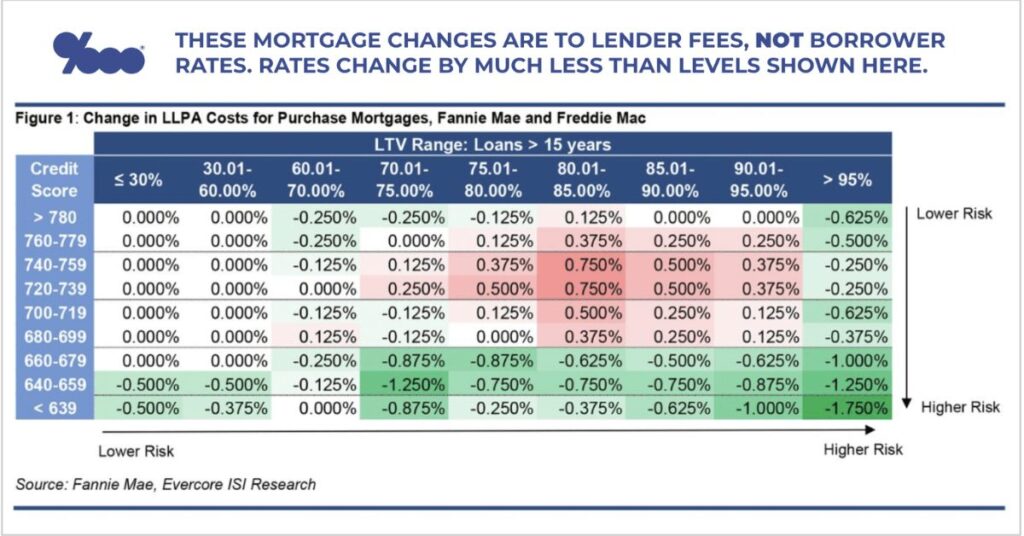Securing a home loan is one of the biggest financial decisions you’ll make, and understanding the various mortgage options is crucial.
While fixed-rate mortgages are a popular choice, tracker mortgages offer a unique alternative that can benefit some homebuyers. This article provides an in-depth exploration of tracker mortgages, their mechanics, advantages, drawbacks, and when they might be a suitable option for you.
What is a Tracker Mortgage?
A tracker mortgage is a type of variable rate mortgage where the interest rate you pay is directly linked to an benchmark rate set by a financial authority, such as the Bank of England’s base rate. Unlike fixed-rate mortgages, where the interest rate remains constant throughout the term, a tracker mortgage’s interest rate will adjusts in tandem with fluctuations in the benchmark rate.
Common benchmark rates that tracker mortgages follow include:
- Bank of England Base Rate
- LIBOR (London Interbank Offered Rate)
- Federal Funds Rate (for U.S. tracker mortgages)
How Tracker Mortgages Work

With a tracker mortgage, your interest rate is calculated by taking the benchmark rate and adding a fixed margin or markup set by your lender. For example, if the Bank of England’s base rate is 1%, and your lender’s margin is 2%, your tracker mortgage interest rate would be 3%.
Here’s a simplified example:
As the benchmark rate fluctuates due to changes in monetary policy, your tracker mortgage interest rate will adjusts accordingly, impacting your monthly payments. If the benchmark rate rises, your interest rate and repayments will increase; if it falls, your interest rate and repayments will decrease.
Advantages of Tracker Mortgages
One of the primary advantages of tracker mortgages is the potential for lower interest rates compared to fixed-rate mortgages, at least initially. This can make tracker mortgages an attractive option for homebuyers looking to minimize their monthly payments and overall interest charges.
Additionally, tracker mortgages can benefit borrowers if interest rates are expected to decrease in the future. Since your interest rate tracks the benchmark rate, any reductions in the benchmark rate will directly lower your mortgage rate and repayments.
“Tracker mortgages can provide a nice balance between stability and the ability to benefit from potential interest rate decreases.” – John Smith, Mortgage Advisor
Drawbacks to Consider
While tracker mortgages offer potential cost savings, they also come with inherent risks. The most significant drawback is the lack of payment stability and predictability. Since your interest rate adjusts with the benchmark rate, your monthly payments can fluctuate, sometimes dramatically, making it challenging to budget and plan your finances effectively.
Moreover, if interest rates rise substantially, your repayments could become unaffordable, putting strain on your budget and disposable income. This risk is particularly concerning for borrowers with tight affordability constraints or those with variable income stability.
When Does a Tracker Mortgage Make Sense?

Tracker mortgages can be a suitable choice in certain scenarios, but they require careful consideration of your personal circumstances and risk tolerance. Here are some situations where a tracker mortgage might be a good option:
- Short-term Homeownership: If you plan to sell or move within a few years, a tracker mortgage could be advantageous, as you may benefit from lower interest rates during your short ownership period.
- Falling Interest Rate Environment: If you believe interest rates are likely to decrease in the near future, a tracker mortgage can help you take advantage of those lower rates and reduce your monthly costs.
- High Risk Tolerance: Tracker mortgages are generally better suited for borrowers with a higher risk tolerance and the financial flexibility to accommodate potential interest rate increases and higher repayments.
However, if you prioritize payment certainty and stability, a fixed-rate mortgage may be a more suitable option, as your interest rate and monthly payments remain constant throughout the term, regardless of market fluctuations.
Tracker vs. Other Mortgage Types
To better understand the positioning of tracker mortgages, let’s compare them to other common mortgage products:
| Mortgage Type | Interest Rate | Key Traits |
| Fixed-Rate Mortgage | Fixed for the entire term (e.g., 30 years) | Stable monthly payments, no interest rate risk |
| Adjustable-Rate Mortgage (ARM) | Fixed for an initial period, then adjusts periodically | Lower initial rates, but potential for rate increases |
| Interest-Only Mortgage | Borrower only pays interest initially, then principal + interest | Lower initial payments, but higher long-term costs |
| Tracker Mortgage | Adjusts continuously based on a benchmark rate | Lower initial rates, but higher interest rate risk |
As you can see, tracker mortgages offer a balance between the stability of fixed-rate mortgages and the potential savings of adjustable-rate products, but with a higher degree of interest rate risk.
Understanding Tracker Mortgage Fees & Rates

Like other mortgage types, tracker mortgages come with various fees and charges that borrowers should be aware of:
- Origination Fees: These are upfront costs charged by the lender for processing and underwriting the loan.
- Appraisal Fees: The cost of having a professional appraise the value of the property.
- Annual Percentage Rate (APR): This is the true annual cost of the mortgage, including the interest rate and other fees. It’s important to compare APRs when shopping for mortgages.
According to recent data from [source], the average APR for tracker mortgages in the U.S. is currently around [rate]%, with rates varying based on factors like credit score, down payment, and lender.
To illustrate the potential impact of rate changes, let’s consider a $300,000 tracker mortgage with a 3% interest rate and a 30-year term:
- Initial Monthly Payment: $1,265
- If the Benchmark Rate Increases by 1%: Monthly payment would rise to $1,432 (+13.2%)
- If the Benchmark Rate Decreases by 1%: Monthly payment would drop to $1,111 (-12.2%)
As you can see, even modest changes in the benchmark rate can significantly affect your monthly mortgage payments, underscoring the importance of carefully evaluating your ability to absorb potential rate increases.
Conclusion
Tracker mortgages offer a unique blend of potential cost savings and interest rate risk. While they can provide lower initial interest rates and the opportunity to benefit from falling benchmark rates, they also expose borrowers to the volatility of market fluctuations and potential payment instability.
Whether a tracker mortgage is right for you depends on your specific circumstances, including your anticipated ownership timeline, risk tolerance, income stability, and ability to accommodate potential rate increases. For borrowers with a higher risk appetite and the financial flexibility to handle variable payments, tracker mortgages can be an attractive option.
However, if you prioritize payment certainty and predictability, a fixed-rate mortgage may be a better choice, ensuring that your monthly payments remain constant throughout the loan term.
Ultimately, it’s essential to carefully evaluate your financial situation, goals, and risk tolerance when considering a tracker mortgage. Consult with a qualified mortgage advisor to understand all the implications and make an informed decision that aligns with your long term financial objectives.

“Meet Alena Genefair, a seasoned finance expert with over five years of experience and the esteemed author behind FinanceHookup. With a wealth of knowledge in financial management, investment strategies, mortgages, and banking, Alena provides insightful perspectives to readers. Her expertise helps individuals navigate the complexities of personal finance with clarity and confidence.”



